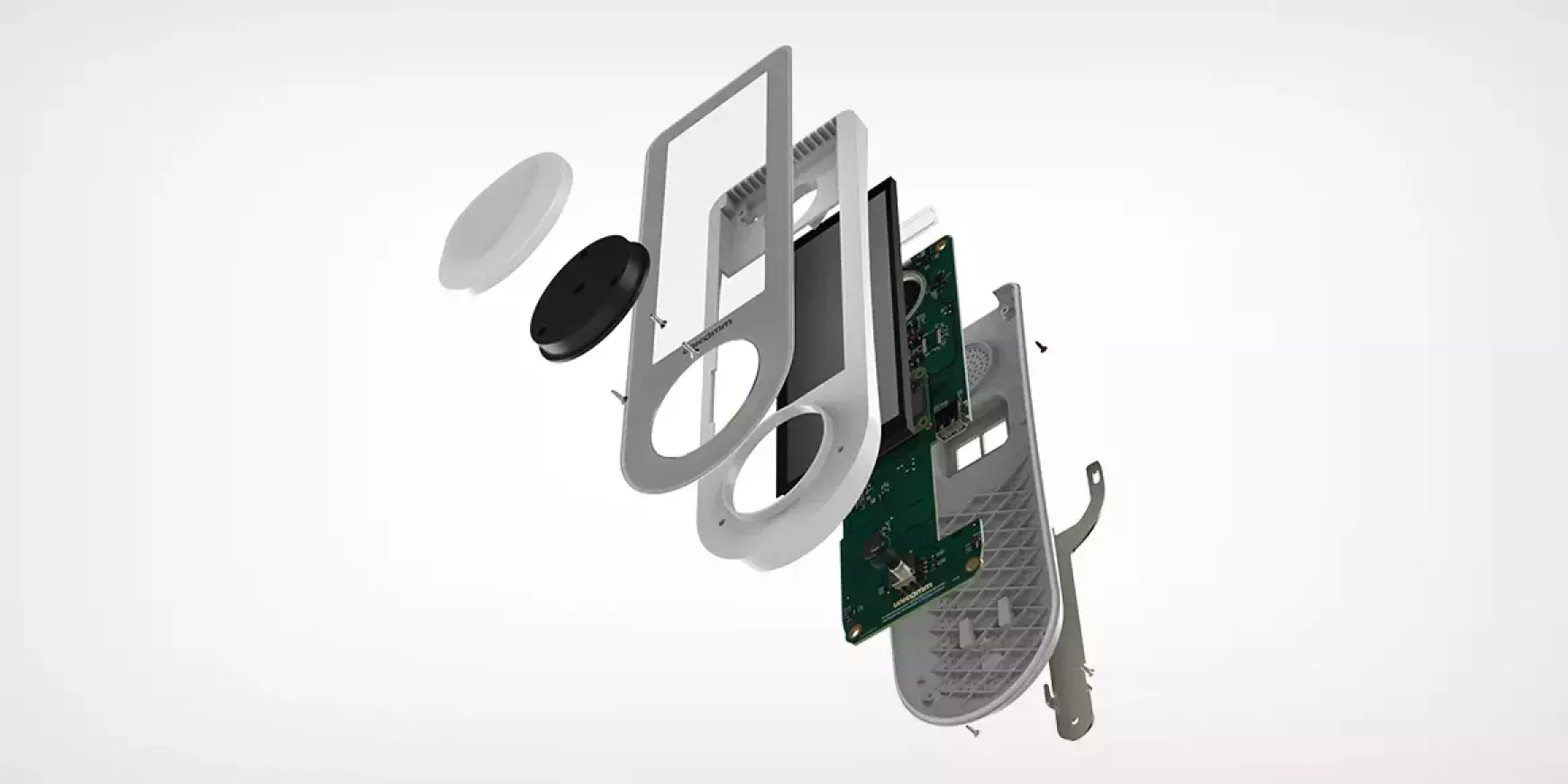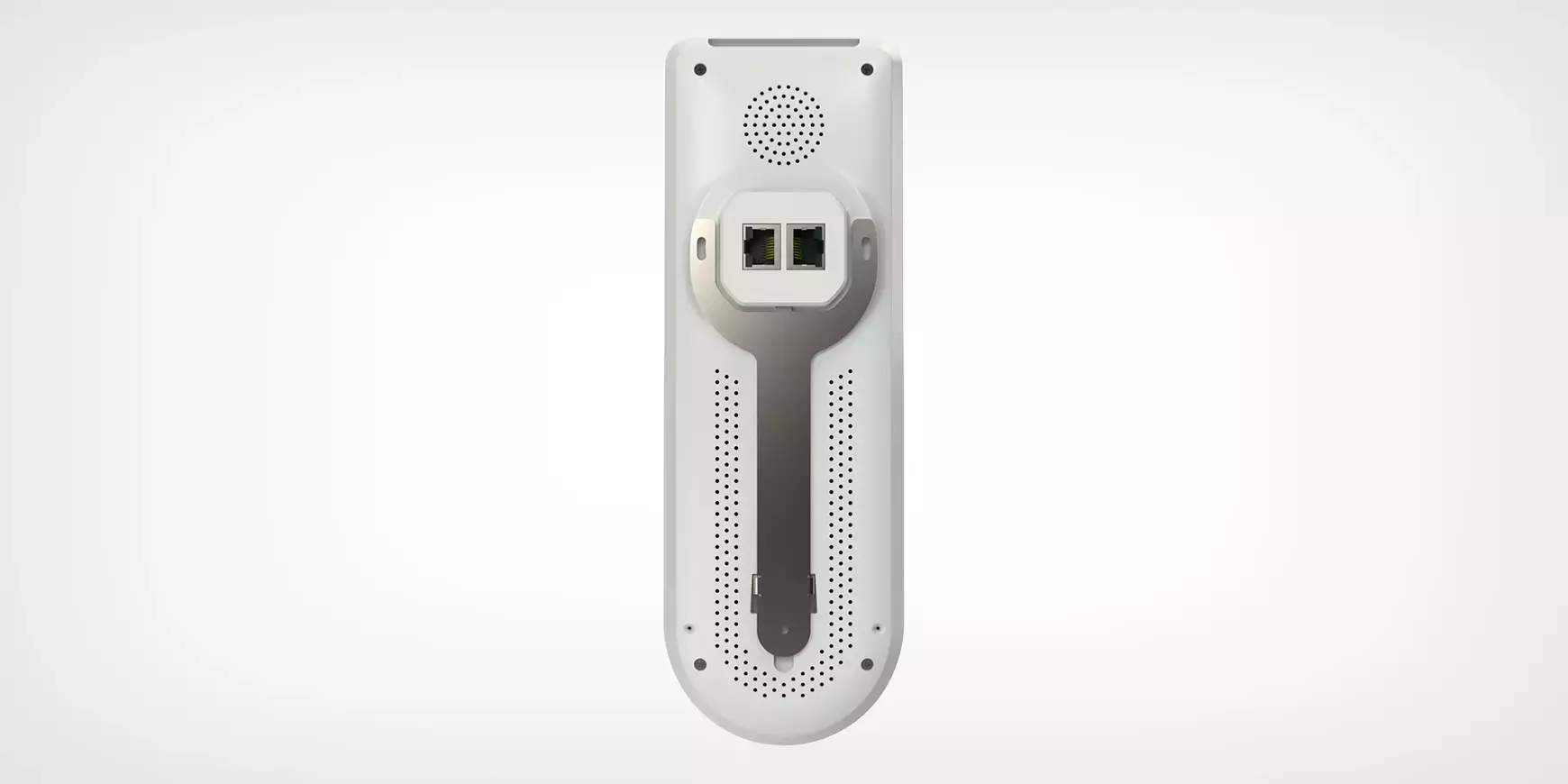The heart of UNICOMM is a control panel which is also a video intercom. Cable infrastructure allows reliable operation of devices dedicated to residents: thermostats, motion sensors, light switches, sockets, roller shutters, intelligent locks, etc. UNICOMM is implemented during the construction phase in consultation with the developer or main contractor.
In addition to the control panel, the designed devices include a head, which allows to control room temperature, a sensor with motion detection function and a wallswitch, which allows to automate all home appliances.

Every product design is the result of a team effort. It never boils down to one person, but every project has its lead designer or lead contributors. If you want to know more about our current team, visit our team page.





Schedule an initial talk and get to know us better! You already have a basic brief? Send it over so we can have a more productive first meeting!
a meeting
























